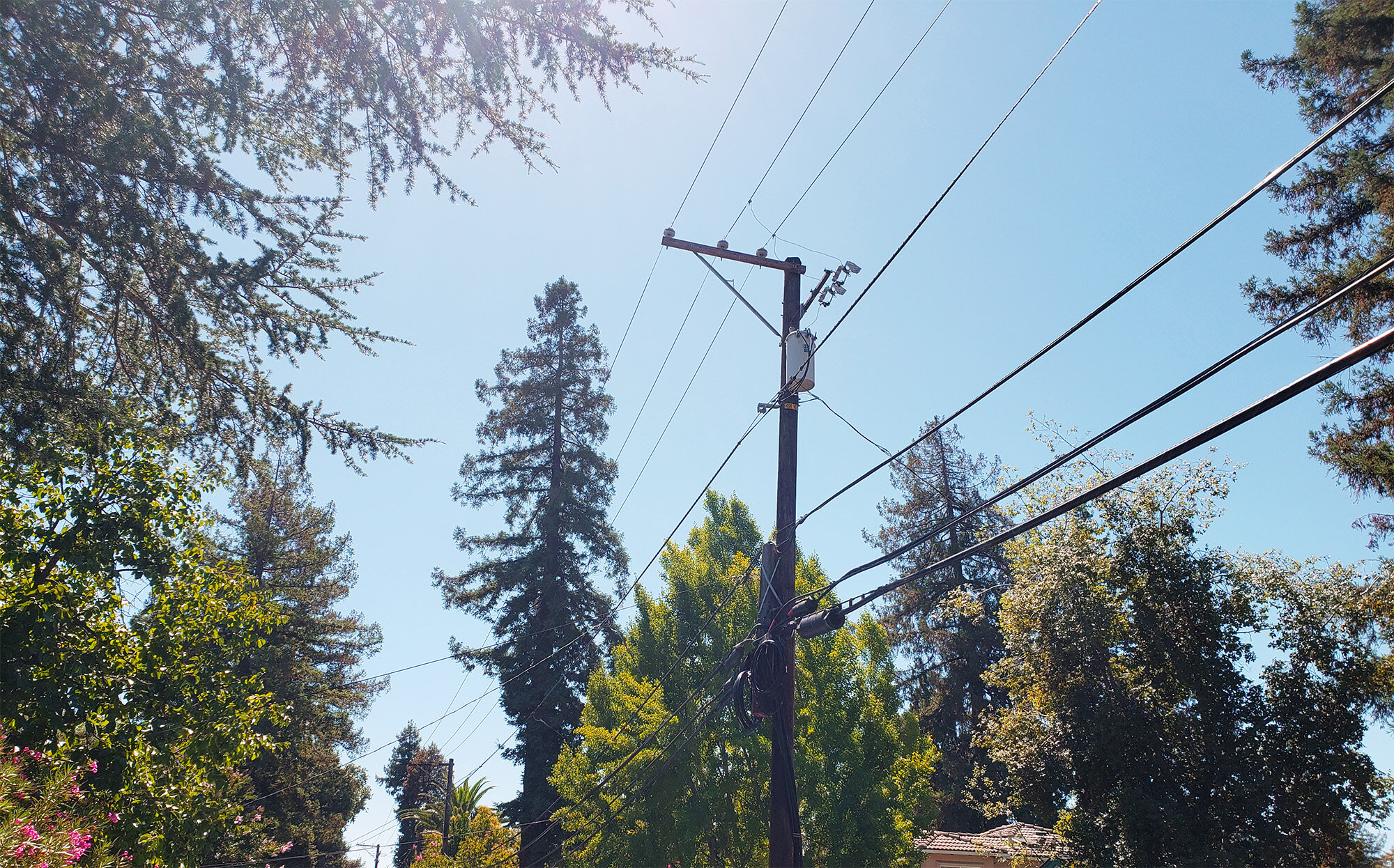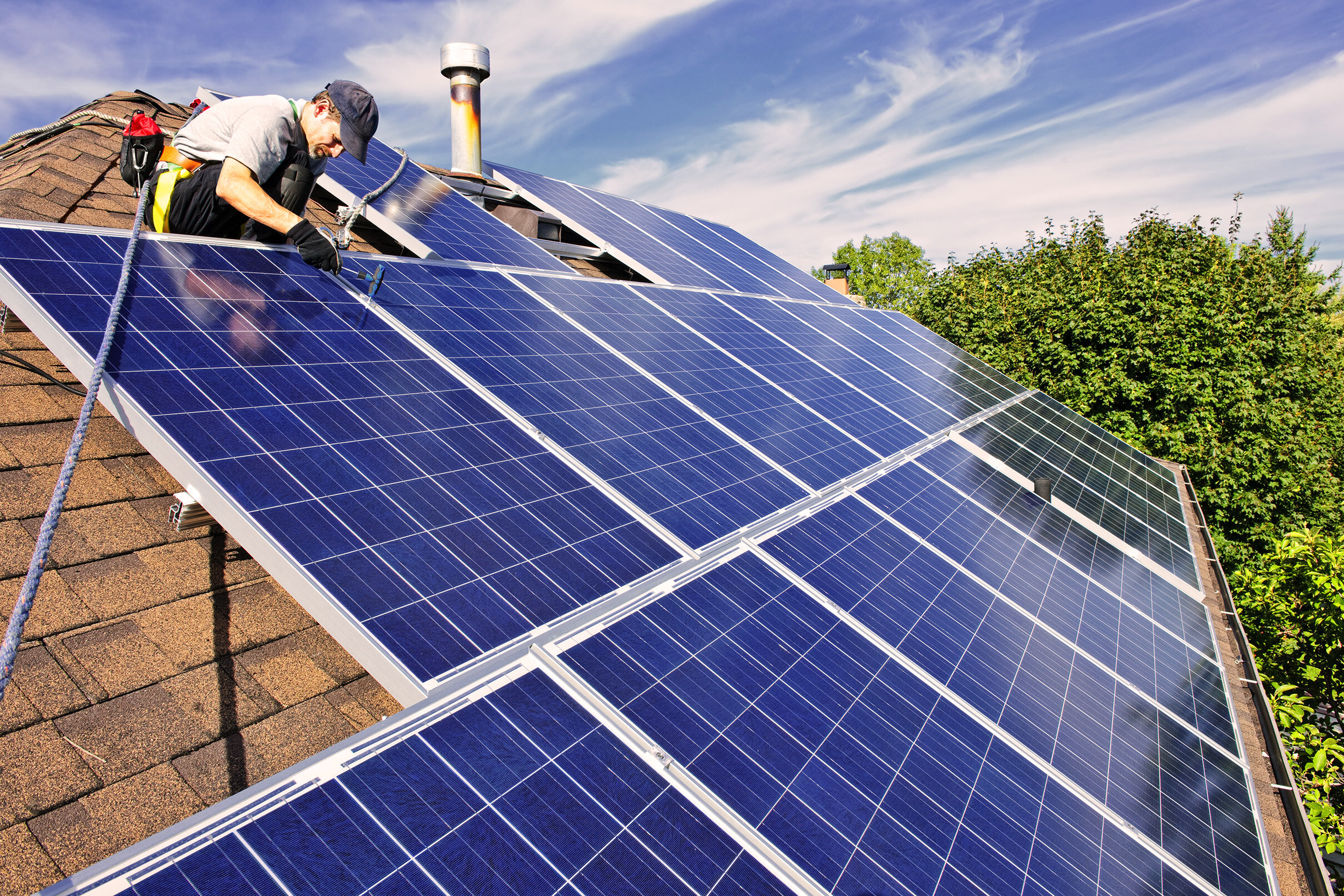REal Savings
Adding smart solar to your home isn’t just about getting clean, renewable, independent energy; it’s actually cheaper than paying the electric bill. In fact, as rates climb, most customers see monthly savings grow rapidly when compared to their public utility.
There are also government incentives like the Federal ITC, state programs, and many local rebates that exist to encourage homeowners to switch to solar. Read about some of them here.










